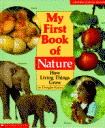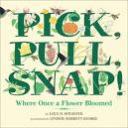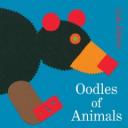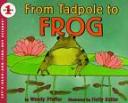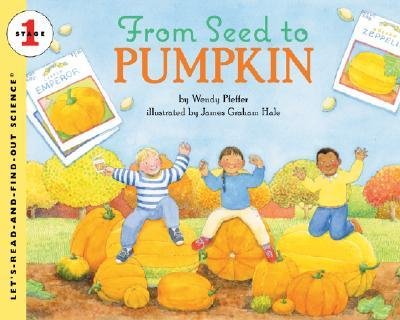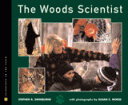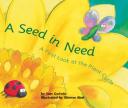Introduction:
My First Book of Nature: How Living Things Grow will help small children discover the many different paths living things take from birth to maturity. The book clearly presents the life cycles of a wide variety of plants and animals. More than 30 kinds of plants and animals are covered in simple language and vivid photographs. Dwight Kuhn provides explanations for animals such as “turtles, lizards, and snakes” and as well as “grasses, dandelions, and potatoes” when discussing plants.
Curriculum Connections:
This book is aimed at children aged 4 to 8. Teachers could use this book up to second grade when describing different types of animals and plants. My First Book of Nature would probably be too easy of a read for any students in the third grade or older. When kindergarten teachers begin to discuss life processes (K.6), this would be an excellent book to share pictures and descriptions from. When students reach first grade and are discussing a lesson on life processes (1.4, and 1.5) this book would come in handy when showing children that plants and animals both have different characterstics when talking about both of their life needs.
Additional Resources:
BrainPop is a wonderful site dedicated to teaching children all about living things and how diverse they really are. There are over 40 different living things to look at.
Infrared Zoo is a website that shows students the different of warm and cold blooded animals.
Grow a Plant is a game that allows students to give a plant water or light to see if they can make it grow to its maximum height.
General Information:
Book: My First Book of Nature: How Living Things Grow
Author: Dwight Kuhn
Illustrator: photographs
Publisher: Cartwheel Books
Publication Date: 1993
Pages: 61
Grade Range:K-2
ISBN: 0-590-45502-8

